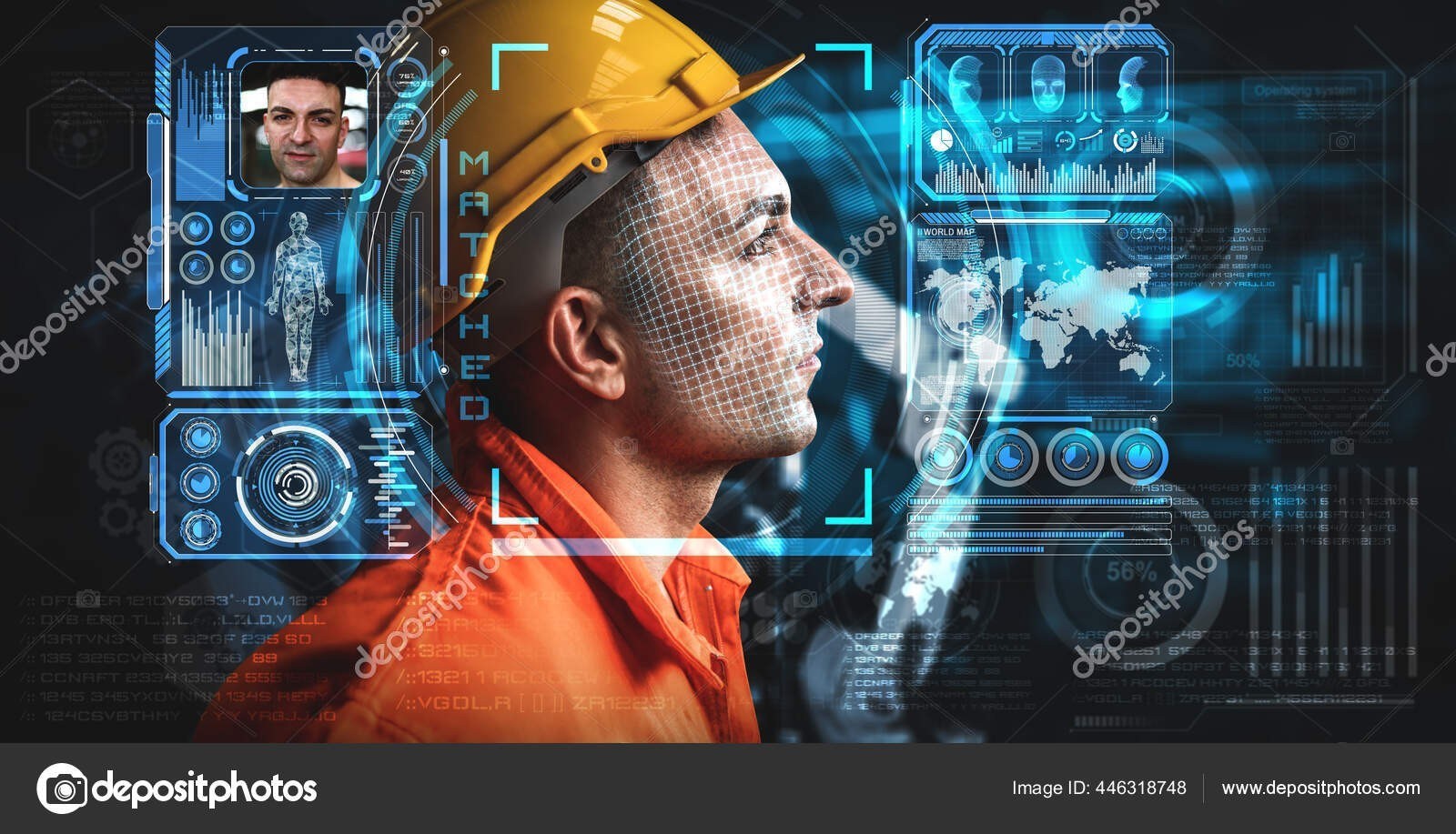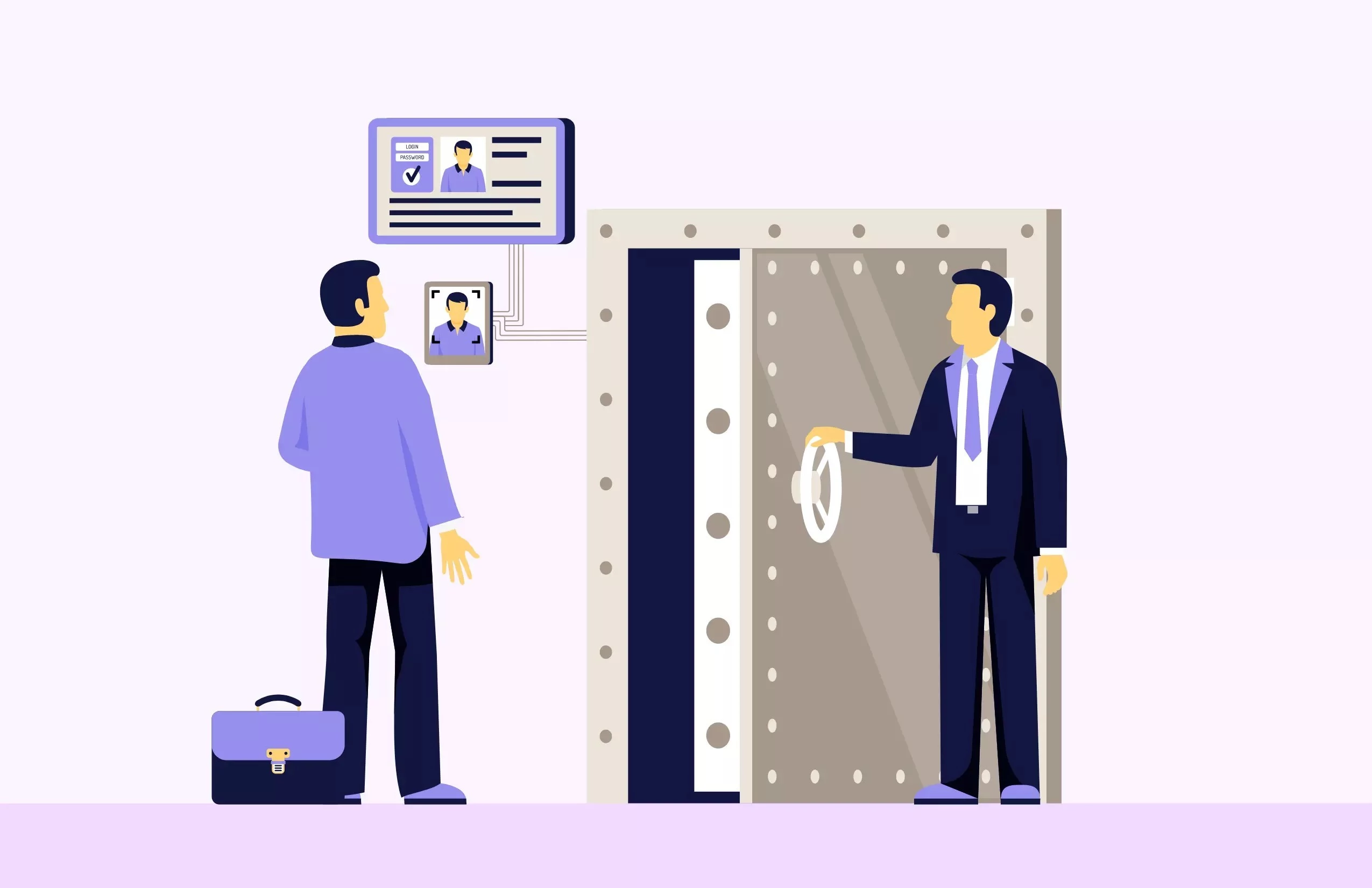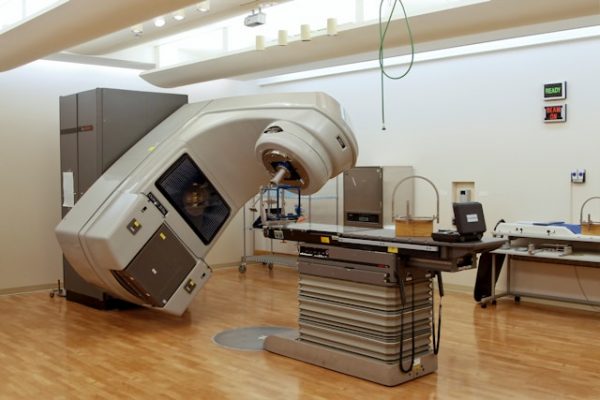Facial recognition technology is rapidly transforming access control systems, offering a compelling blend of convenience and enhanced security. However, like any technology, it comes with its own set of limitations. This article delves into the applications, advantages, and disadvantages of facial recognition access control, comparing it with other identification methods.
How Facial Recognition Works in Access Control
Facial recognition systems use biometric technology to identify individuals based on their unique facial features. A camera captures an image of a person’s face, and the system analyzes key characteristics like the distance between the eyes, nose shape, and jawline. This data is then compared to a database of enrolled faces. If a match is found, access is granted.
The Upsides of Facial Recognition Access Control
- Enhanced Security: Facial recognition makes it significantly harder for unauthorized individuals to gain access. Unlike keys or cards, faces are much more difficult to forge or steal.
- Convenience: Say goodbye to fumbling for keys or access cards. Facial recognition provides seamless and hands-free entry, streamlining the access process.
- Improved Hygiene: In a post-pandemic world, touchless access control solutions like facial recognition minimize the spread of germs and contribute to a healthier environment.
- Time and Attendance Tracking: Facial recognition can be integrated with time and attendance systems, automating employee tracking and eliminating manual processes.

The Downsides of Facial Recognition Access Control
- Cost: Implementing facial recognition systems can be expensive, requiring specialized hardware and software. While prices are decreasing, it remains a significant investment compared to traditional methods.
- Accuracy Concerns: While accuracy has improved dramatically, facial recognition systems are not foolproof. Factors like lighting, facial expressions, and image quality can affect performance, potentially leading to false positives or negatives. Furthermore, concerns have been raised about biases in algorithms, particularly regarding accuracy across different demographics.
- Privacy Issues: The collection and storage of facial data raise legitimate privacy concerns. Robust data protection measures are essential to prevent misuse or unauthorized access to sensitive information.
Comparing Facial Recognition with Other Methods
Traditional access control methods like key cards and PIN codes are more affordable but vulnerable to theft or loss. Biometric alternatives such as fingerprint scanning offer good security but can be affected by factors like dry skin or cuts. Iris scanning is highly accurate but requires specialized equipment and user cooperation. Facial recognition offers a balance between security and convenience, although cost and privacy considerations remain.
Real-World Applications of Facial Recognition Access Control
Facial recognition is finding its way into various sectors, including:
- Corporate Offices: Securing sensitive areas and streamlining employee access.
- Government Buildings: Enhancing security and controlling access to restricted areas.
- Healthcare Facilities: Protecting patient data and controlling access to medical records.
- Educational Institutions: Improving campus security and managing student access.
- Airports and Border Control: Expediting passenger processing and enhancing security measures.
The Future of Facial Recognition Access Control
As technology continues to evolve, facial recognition is likely to become even more prevalent in access control systems. Ongoing research and development are focusing on improving accuracy, addressing privacy concerns, and reducing costs. Integrating facial recognition with other security systems and technologies like artificial intelligence will further enhance its capabilities and expand its applications.
Facial recognition access control presents a powerful solution for enhancing security and convenience. While challenges remain regarding cost, accuracy, and privacy, the benefits are undeniable. By carefully weighing the pros and cons and implementing appropriate safeguards, organizations can leverage the potential of facial recognition to create more secure and efficient access control systems. What are your thoughts on facial recognition technology? Share your opinions in the comments below.




